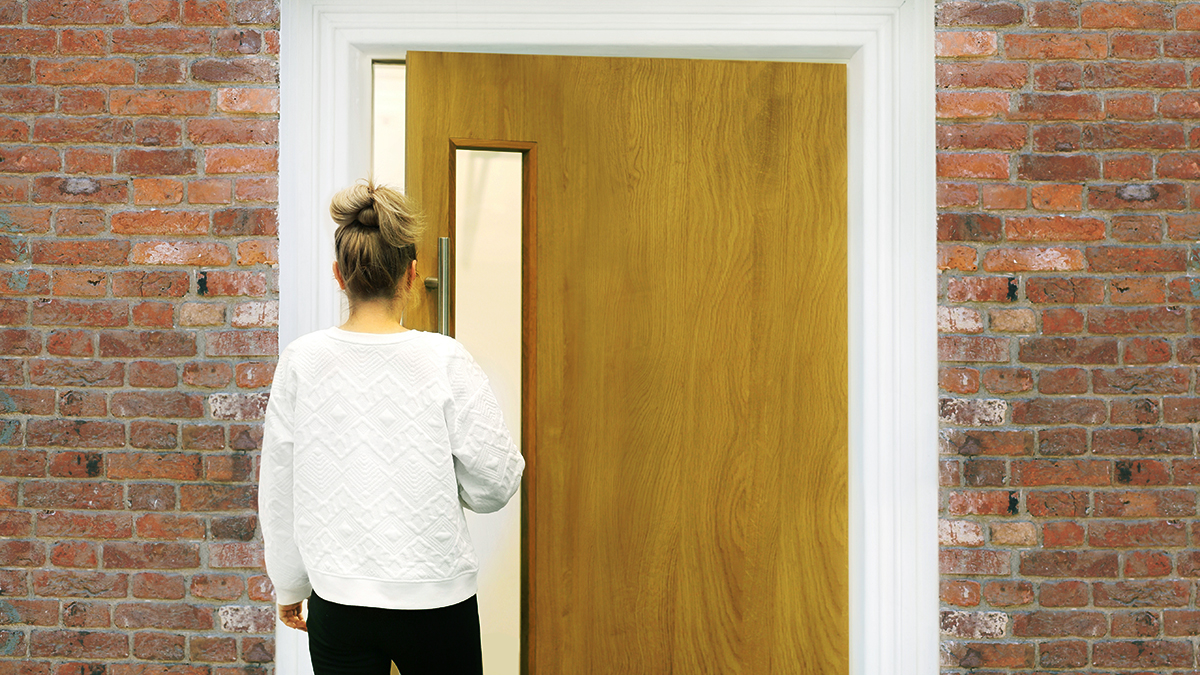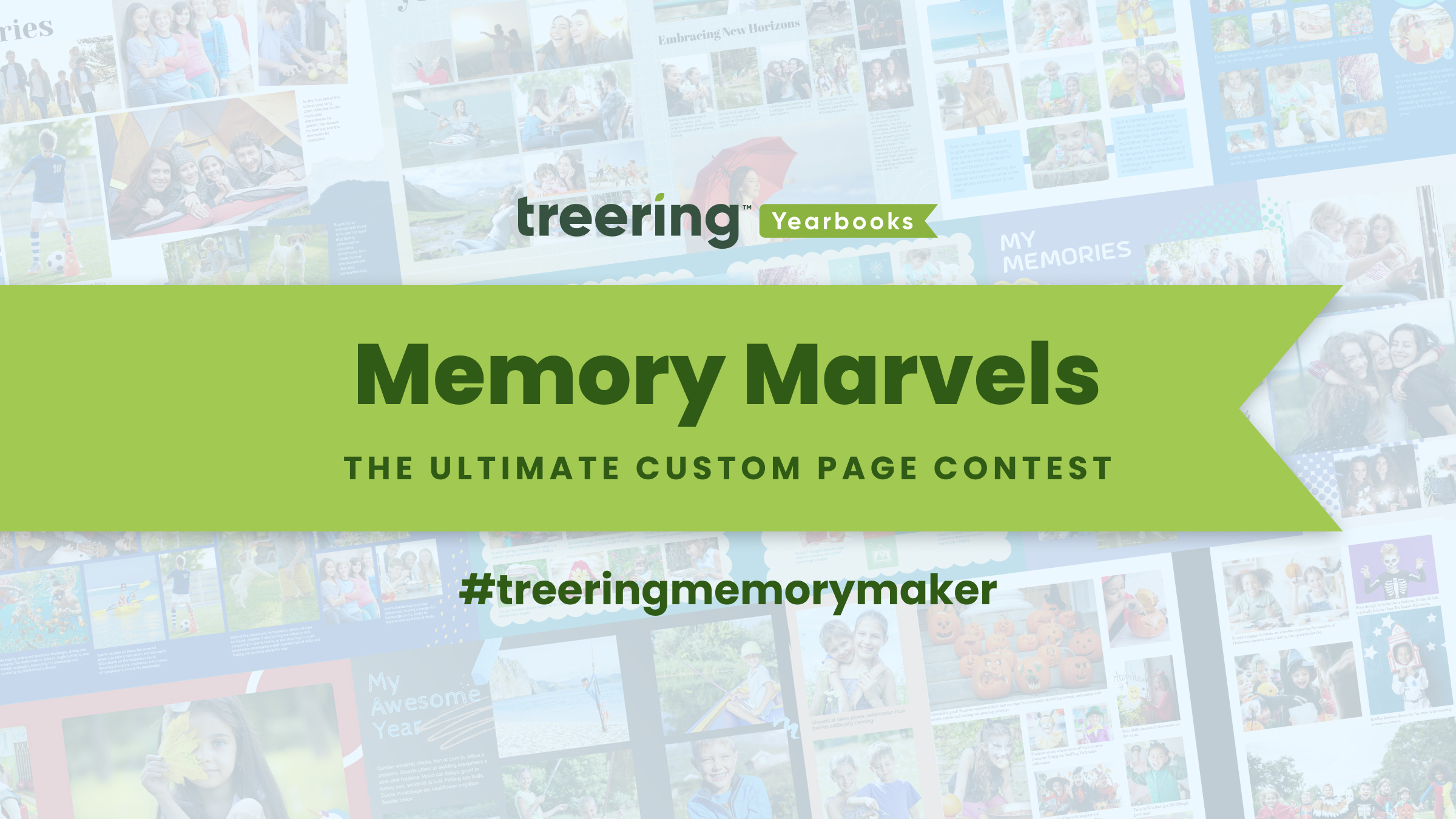When running a yearbook program, the brunt of the work comes down to figuring out exactly how to make a yearbook page. (And then how to make another, and another.)
Even if you have help from a group of students or parent volunteers, you still need to master the art of yearbook page layouts. You may also need to teach it to your team.
With that in mind, here’s how to make a yearbook page:
- Start with your book’s master template or style guide.
- Set your page goals.
- Choose a template or create a yearbook page layout that works best for your objectives.
- Add your content, such as photos, captions, and headlines.
- Edit, get feedback, and proof it.
These steps turn the art of creating a yearbook page into a manageable process that anyone can follow. They also help ensure all your pages meet the most significant criteria for an awesome yearbook: consistency.
If you want others on your team knocking out yearbook page layouts like pros (and without asking you a ton of questions), read on.
Consistency: How to Design a Yearbook Page
There are at least a million and one yearbook ideas out there, but trying to cram all of them into a single book would be both impossible and ill-advised.
That’s because the key to a beautifully-designed yearbook isn’t the number of bells and whistles you can push onto the pages, it’s consistency.
Design elements like color and typography should be uniform throughout. The size and number of photographs on every page should follow a structure. Headers, subheaders, captions, and any other copy should adhere to an established standard of punctuation and spelling. Simply put, quality control is the foundation of an awesome yearbook.
If it seems like we’re cramping your style and trying to be downers here, we’re not.
We’ve covered this in-depth in our post about yearbook style guides (worth a quick read), but here’s the quick-and-dirty version: constantly changing stuff in your book will impact your readers’ abilities to comprehend what’s happening. And it’s been proven by science.
How to Make a Yearbook Page
Step 1: Use the Template (Or, At Least, The Style Guide)
We’ve talked about the advantages of template-based yearbook design before. And, chances are, we’ll talk about them again. Like right now.
Yearbook templates help you teach design principles, reduce time in the yearbook planning stage, and spur creativity. In short, templates are clutch if you’re managing a yearbook team and must ensure things go smoothly. Use ‘em.
When you decide to use templates, you have two choices:
- Use a single template as your master, so your team can make minor changes to a layout while your book keeps a cohesive feel.
- Use a library of templates, so your team can use their judgment to pick a layout while your book still feels fresh and put together.
Each choice has advantages; you’ll know what’s best for your team based on their strengths and how they work. One thing, though, is certain: You must stick to the style guide.
While your templates will serve as a springboard to making beautiful yearbook pages, your style guide will ensure your team’s artistic urges and creative expressions don’t take things too far off course.
Step 2: Set Your Page Goals
Once your team has developed and reported on all its story ideas, you’ll focus on laying out those stories so that they convey the essential points to the reader quickly and clearly.
Those key points will determine how, exactly, you tell your story.
That means you’ll need to consider your goals:
- How important is it to include a large number of students on the page? Or will your focus be on profiling a smaller group of students?
- Does the story lend itself to having a visual layout? Like a mosaic or collage of images?
- What amount of reporting and written storytelling will be part of the page?
These questions will help you determine which layout to use when building your yearbook page.
Step 3: Choose a Template (Or Create a Layout)
At this point, you’ll have set the creative guidelines for your team and helped them define their goals for the page. It’s time to let them loose on creating their pages.
If you’re giving your team a library of template choices, this is where they’ll pick the one that best works with their page goals. And if you’re giving them a master template from which to work, this is where they’ll fine-tune that layout to meet these goals.
Whichever option your team uses, their template and layout choices will be made easier if they have all the content for the page—photos, stories, headline ideas, cool tidbits of information you’re not sure how you’ll use—neatly packaged.
It can be tough to know all of that ahead of time, but the more you know, the easier it will be to put the page together. It’ll also help your team stay true to their page goals.
Once your team has picked the template, it’s good to go through one last series of questions:
- If someone glances at this page for only a moment, what should they take away?
- If someone reads the whole page, what additional benefit will they gain?
- Do these details convey the entire experience of the covered event or subject?
- Do all the elements in the package complement each other? If not, where is the breakdown?
If the goal of the yearbook page is still evident after those questions, which it should be, it’s time to move on to the next step.
Step 4: Add Your Content
Layout, meet content. Content, meet layout.
Once you’ve set goals and completed the page layout, this is the easy part. Drag and drop photos into place, and paste the text into the placeholder copy.
For a prepared team, this step can take less than five minutes.
Step 5: Edit it, Get Feedback, and Proof it
Think you’re done? Not so fast.
Walking away after plugging in your content is a high-risk scenario. You and your team want to edit your yearbook page, receive feedback, and do a final once-over before you finally say, “Done.”
These steps are critical when creating a mistake-free yearbook page. Use these three processes to make sure that happens:
- Editing. From photo cropping to copywriting to correcting mistakes, this is when you and your team can improve upon everything on the page.Someone with a fresh set of eyes makes a great proofreader, so consider assigning this task to someone who didn’t create the yearbook page or even put it aside for a few days.
- Feedback. Though a yearbook page is predominantly the work of an individual team member, it can be improved by the input of a few more. Good constructive criticism is the trick to helping any yearbook page reach its potential.
- Proofing. This is your last chance to ensure everything is all set. Double-check your page against your style guide to confirm it’s free from embarrassing mistakes (like misspelled names). Doing this on a printout or free printed proof is best.
Though yearbook pages often look like works of art, creating a yearbook page sets the stage for that to happen. And the easier your process is to follow, the better time everyone will have working on it. Plus, it’ll ensure all your pages meet the most significant criteria for an awesome yearbook: consistency.






